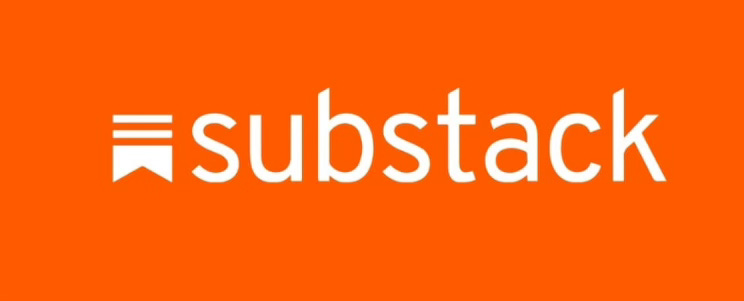How To Listen To Substack Articles
While traveling this past week, I spoke with a few Substack subscribers who said they’d prefer to listen to articles rather than read them. Fortunately, Substack makes that easy to do. Here’s how:
Open the App Store on your phone.
Type “Substack” into the search bar and look for the Substack logo.
Tap “Get” and wait for the app to download.
Open the new Substack app and use the search bar at the top to find your favorite Substack publications.
Once you’ve selected an article you’d like to hear, open it and look for a small gray arrow at the top. Tap it—and a very natural-sounding computer voice will read the article aloud for you.
If all goes as planned, I’ll be publishing my next piece—“How to Heal a Divided Country: Part 4”—on schedule this coming Friday.
Meanwhile I thought I would share more information about this platform and why I chose to publish my thoughts here.
Substack: Origins and Rise During the Pandemic
Substack was founded in 2017 by Chris Best, Hamish McKenzie, and Jairaj Sethi as a platform to help writers publish paid email newsletters directly to their readers—without relying on advertisers or traditional media gatekeepers. The founders believed that writers should have the freedom to own their work, build a direct audience, and get paid fairly for their efforts.
The platform gained significant traction during the COVID-19 pandemic, especially between 2020 and 2022, as growing numbers of journalists, experts, and independent thinkers turned to Substack to share their views freely. With major social media platforms and mainstream outlets tightening content policies around health, politics, and misinformation, some writers felt constrained or censored. Substack offered a refuge: a place where they could publish unfiltered commentary and analysis, often on controversial or sensitive topics, without fear of deplatforming.
This commitment to free expression made Substack a crucial venue for independent journalism, nuanced debate, and dissenting voices during a time when public discourse was highly polarized.



i would prefer using substack on my desktop computer, not my phone